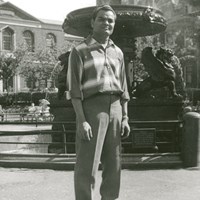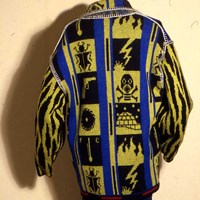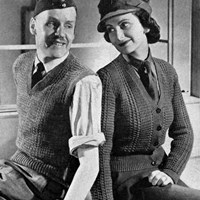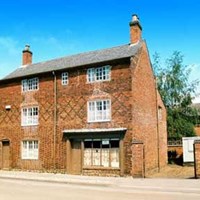Globalisation and a Changing Industry 1970 - Present
Globalisation had a huge impact ion the knitting industry in the Midlands with some companies opening overseas factories. The 1970s also saw the introduction of early computer-aided design (CAD) and computer-aided manufacturing (CAM) systems.
See objects from this period in our virtual museum.
Improved transport networks and communications technologies made global trade in the twentieth century easier. Jet planes move packages quickly around the world and telephones, faxes and email enable people to share thoughts and make instant decisions.
Find out moreThe 1950s and 1960s saw the arrival in the East Midlands of people from across the Commonwealth. Labour shortages in the region provided jobs for the new arrivals
Find out moreThe 1970s saw the introduction of early computer-aided design (CAD) and computer-aided manufacturing (CAM) systems. Designers used the CAD system to create product designs and transferred them to CAM machines to manufacture the final product.
Find out moreThe British knitting industry has been in decline since the mid-1970s. Post-war employment peaked at 159,000 in 1973-4 and then started to fall.
Find out moreDespite the problems of recent decades the East Midlands region still has a significant knitting industry and a number of advantages over other areas.
Find out moreThe decline of the East Midlands knitting industry and the relocation of companies has left a wealth of empty buildings in town and cities.
Find out more




